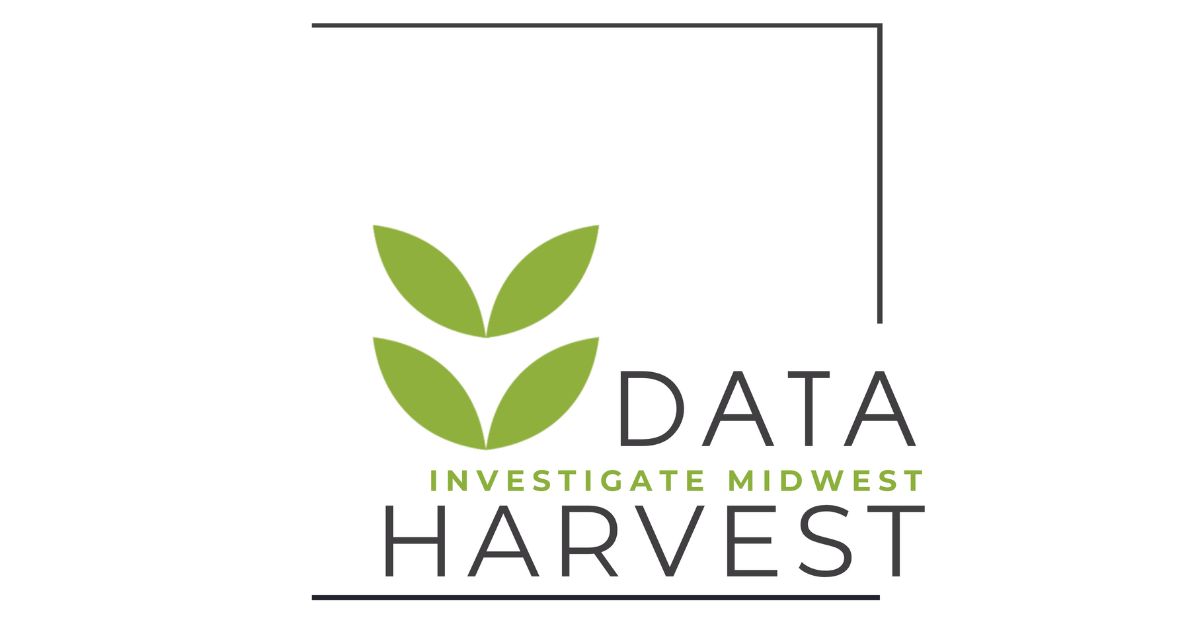[[“value”:”
Scientists and policymakers are exploring fiber hemp’s potential to absorb toxic chemicals like PFAS or capture carbon in soil, but those potential benefits have yet to translate into a reliable, profitable market for growers.
Fiber hemp production in the U.S. surged to a record high in 2024, but farmers are earning far less from the crop than they were just a few years ago, according to new USDA data released April 17.
Fiber hemp refers to hemp grown for its stalks, which are processed into materials like insulation, textiles, rope, and building composites. It’s distinct from floral hemp, which is grown for CBD and other cannabinoids.
According to the USDA’s 2024 and 2025 national hemp reports, farmers sold 59.1 million pounds of fiber hemp in 2024, up 114% from 2021. Yet revenue over the same period dropped nearly 73%, falling from $41.45 million to $11.23 million.
Fiber hemp was once promoted as a promising cash crop: In 2021, farmers earned about $1.50 per pound. By 2024, the average sale price had dropped to just $0.19. That’s a 73% price collapse, even as volumes have soared.
Fiber hemp also expanded its footprint. In 2024, farmers harvested 18,855 acres of fiber hemp, up 56% from 2023. That’s more than half of all U.S. hemp acres harvested, making fiber hemp the dominant variety for the first time since the USDA began tracking it.
However, its yield fell to 3,205 pounds in 2024, down 848 pounds from the year before, according to the USDA’s 2025 report.
While fiber hemp’s profitability declined, floral hemp grown in the open accounted for roughly 87% of the U.S. hemp industry’s total value in 2024, an estimated $386 million out of $445 million overall, according to the USDA’s 2025 report.
Seed hemp value jumped 482% year over year, and total U.S. hemp production across all categories rose 40%.
explore more data
Data Harvest (formerly Graphic of the Week) is Investigate Midwest’s way of making complex agricultural data easy to understand. Through engaging graphics, charts, and maps, we break down key trends to help readers quickly grasp the forces shaping farming, food systems, and rural communities. Want us to explore other data trends? Let us know here.
Type of work:
“]] Scientists and policymakers are exploring fiber hemp’s potential to absorb toxic chemicals like PFAS or capture carbon in soil, but those potential benefits have yet to translate into a reliable, profitable market for growers. Fiber hemp production in the U.S. surged to a record high in 2024, but farmers are earning far less from the Read More


